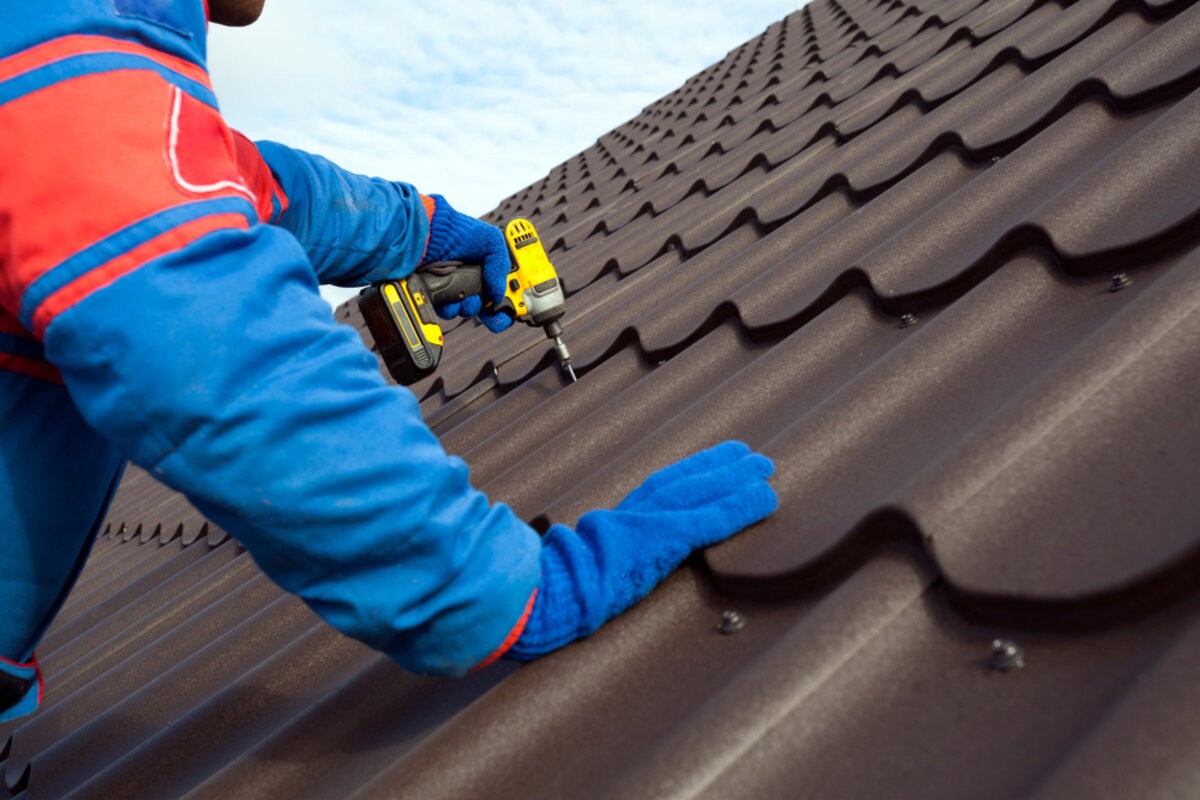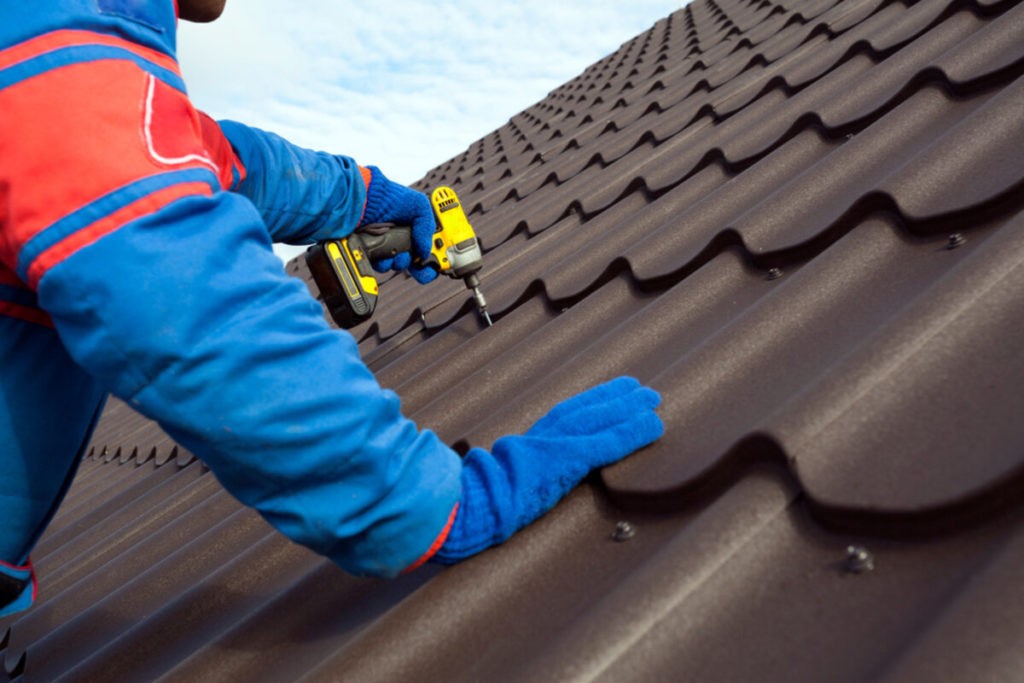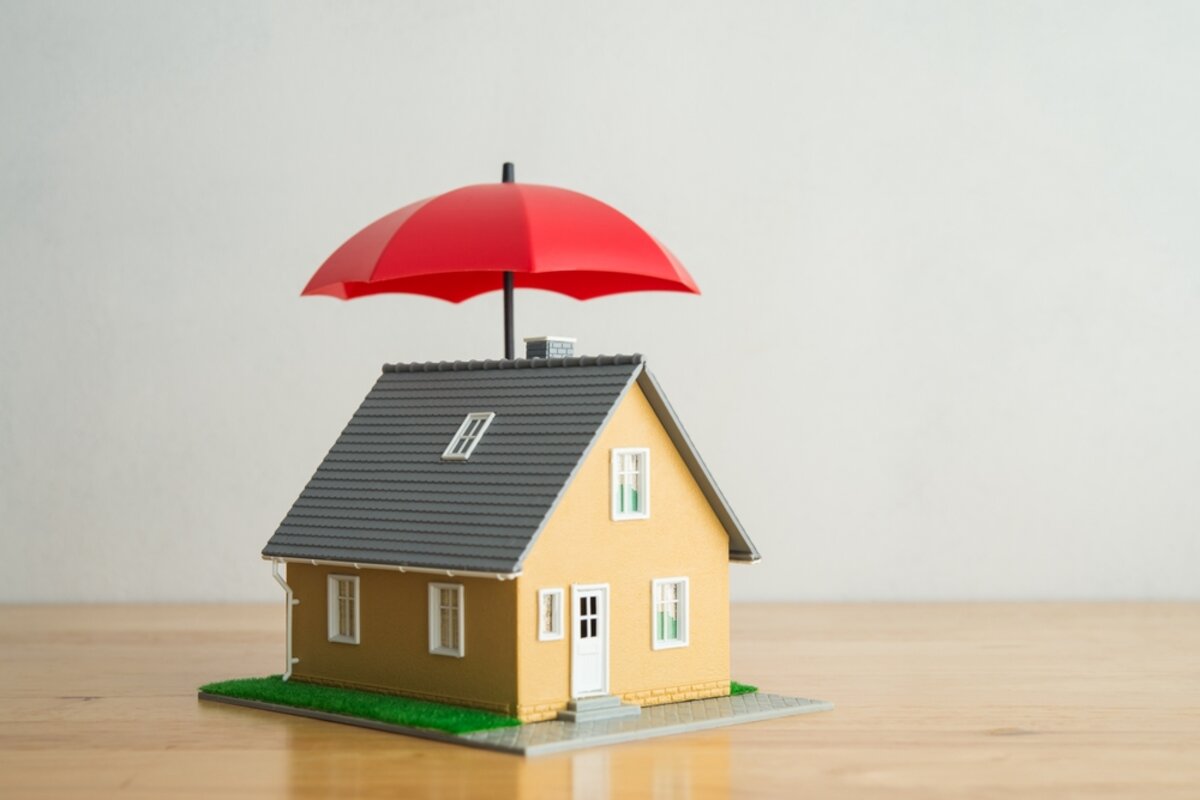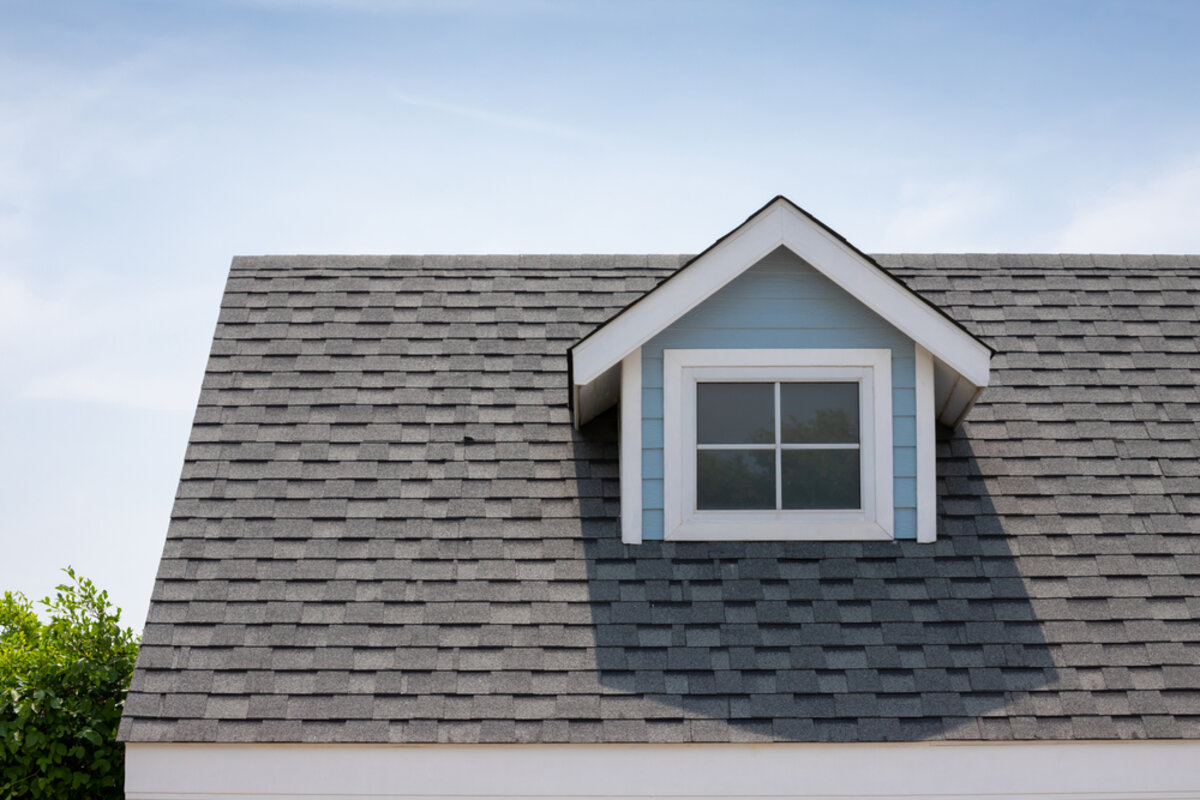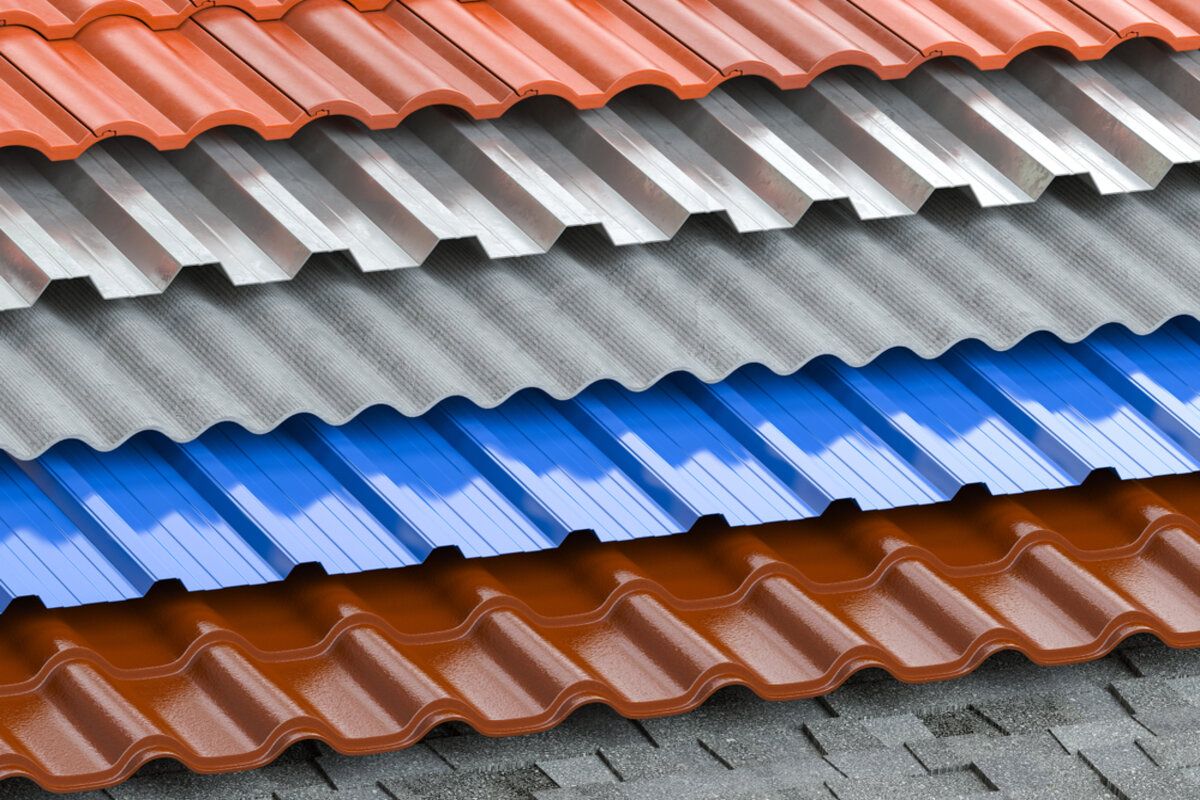Roof installation is an intricate task that requires the utmost precision and expertise. While a properly installed roof provides shelter, insulation, and security, mistakes during installation can lead to a plethora of issues down the line. Recognizing the signs of a subpar roofing job can save homeowners from expensive repairs and potential hazards. This guide highlights the signs of a poorly installed roof and offers guidance on what steps to take next.
Why Roof Installation Quality Matters
Every homeowner knows that a roof serves as the primary defense against the elements. It safeguards against rain, snow, and sunlight, playing a pivotal role in maintaining the internal environment of a house. Poor workmanship during the installation process can lead to:
- Water Leaks and Damage: One of the primary issues with shoddy roof work. This can result in mold growth and structural damage.
- Decreased Energy Efficiency: Imperfections allow heat to escape during winters and enter during summers, increasing energy bills.
- Reduced Lifespan: A roof that’s not installed properly will not last as long, necessitating premature replacements.
- Aesthetic Degradation: A roof with visible imperfections can significantly diminish the curb appeal of a property.
Signs of a Poorly Installed Roof
Inconsistent Shingle Patterns
One of the most obvious indicators of a substandard roof installation is irregular shingle patterns. Shingles should be laid out in a uniform manner. If you notice overlapping, buckling, or gaps, it’s a clear sign of unprofessional workmanship.
Frequent Leaks and Water Stains
An occasional leak during a heavy rainstorm might be a one-off situation. However, if you’re constantly spotting wet spots or water stains on your ceilings and walls, it’s a significant sign pointing towards an inadequately installed roof.
Visible Nail Heads and Poor Flashing Work
Properly installed roofs will have nails driven below the top layer of shingles and adequately sealed. Visible nail heads not only look unsightly but also create entry points for water. Similarly, improperly installed flashing around vents, chimneys, and other roof protrusions can be a breeding ground for leaks.
Granule Loss Soon After Installation
Roof shingles are coated with granules to protect them from the sun’s UV rays. While it’s normal for some granules to come off over time, and initially during the installation, experiencing excessive loss just after a new roof installation might indicate poor-quality shingles or improper handling during the job.
What to Do After Spotting Signs of a Poorly Installed Roof
Recognizing these issues early on can save a lot of time, money, and stress. If you’ve identified one or more of these signs, here’s what you can do:
- Document Everything: Take clear photos of the problem areas. This can be useful for insurance claims or discussions with roofing professionals.
- Consult a Trusted Roofing Specialist: Get a second opinion. A certified roofer can provide an assessment and recommend potential solutions.
- Avoid DIY Fixes: Roofing is a specialized skill. While it might be tempting to handle minor issues on your own, you could inadvertently exacerbate the problem.
- Consider Legal Action: If your roof was installed recently and the contractor refuses to address the problem, you may need to consider legal remedies.
Find a Trustworthy Contractor for Your New Roof Installation
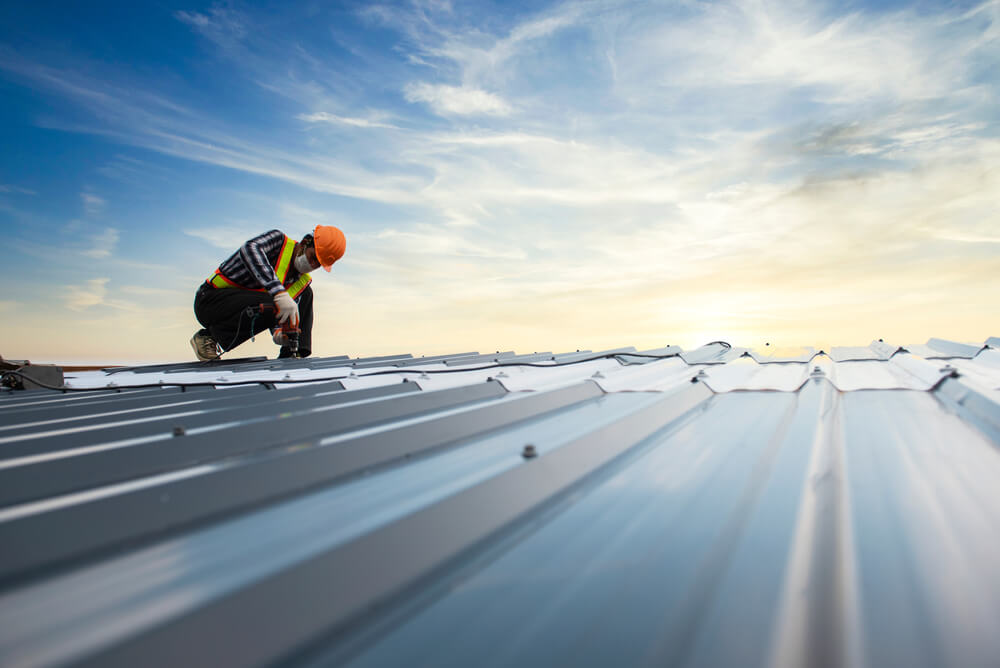
While a roof might seem like just another component of a house, its significance in maintaining the structural integrity and comfort of a home cannot be understated. As such, homeowners should remain vigilant, always keeping an eye out for signs of a poorly installed roof. With the right precautions and timely interventions, you can ensure that your home remains safe, energy-efficient, and visually appealing for years to come. Contact Perfect Exteriors today to speak with one of our contractors about the signs of a poorly installed roof.

